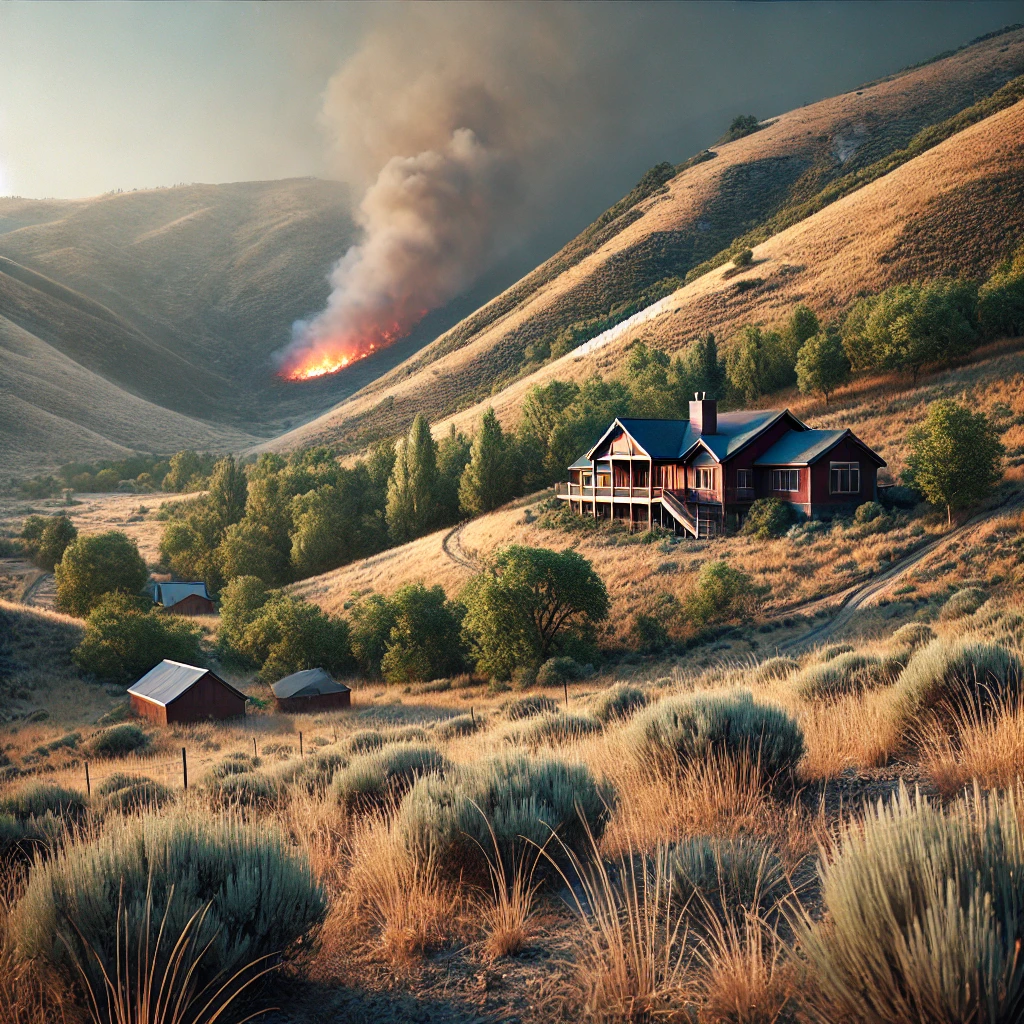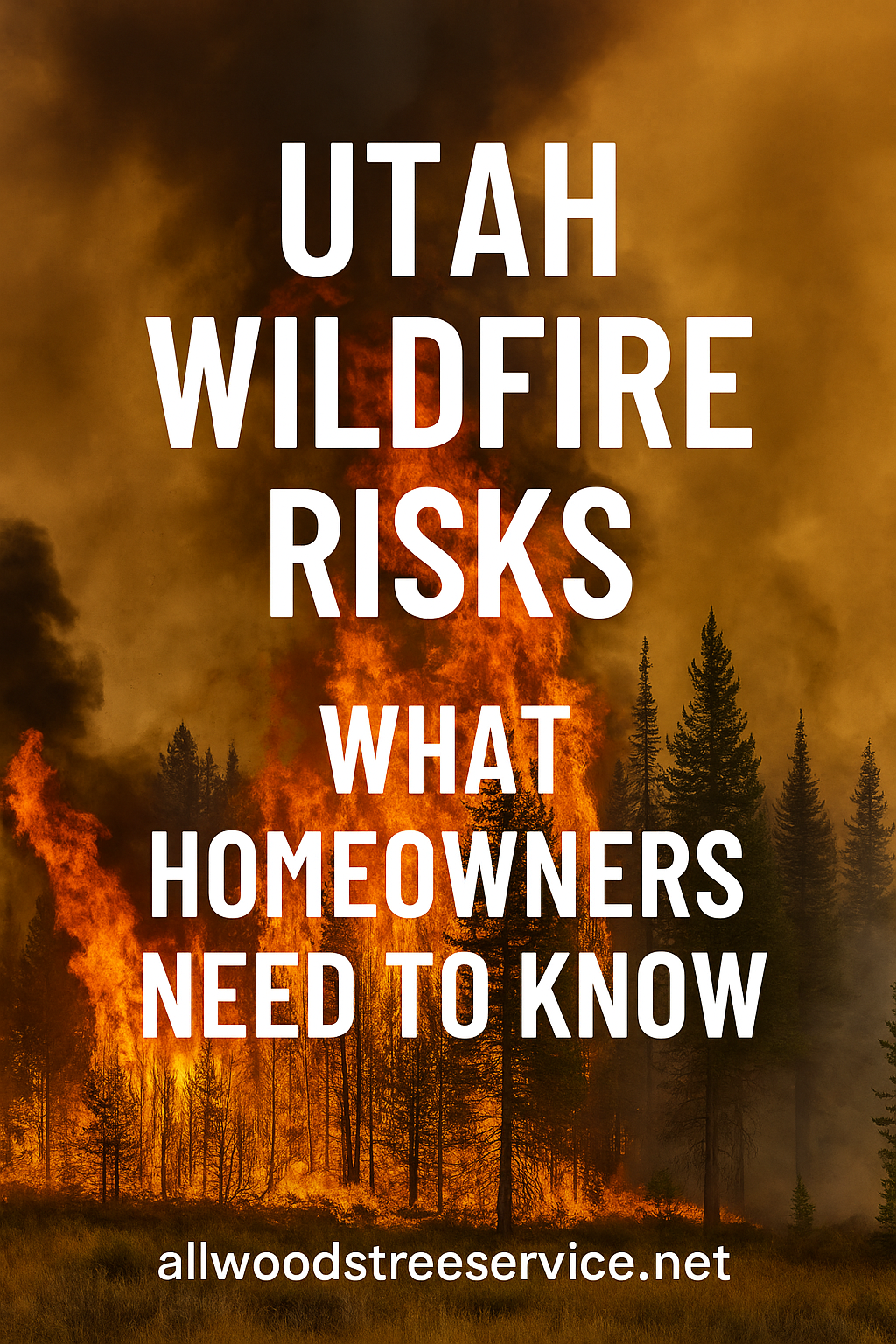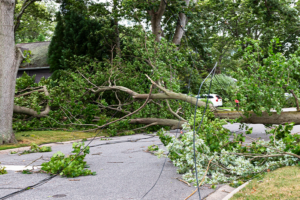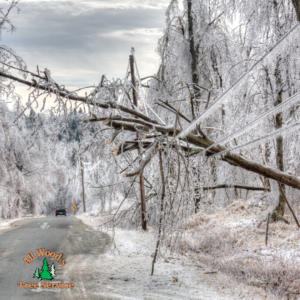Utah wildfire risks are increasing due to the state’s dry summers, frequent high winds, and rapid development into foothills and forested regions. While Utah may not see wildfires on the same scale as states like California, recent years have proven that the threat of destructive fires is both real and growing.
These conditions make it essential for homeowners, land managers, and communities to stay aware of Utah wildfire risks and take proactive steps to reduce them. In recent years, the state has experienced an alarming increase in both the frequency and intensity of wildfires. Many of these incidents have resulted in significant property damage, evacuations, and long-term impacts on local ecosystems. The following are some of the most notable wildfire events that underscore the seriousness of the threat across Utah.
Recent Wildfire Incidents in Utah:
- Brian Head Fire (2017): Destroyed 13 homes and cost $34 million to suppress.
- Dollar Ridge Fire (2018): Destroyed or damaged 80 homes and nearly 400 structures, becoming Utah’s most destructive fire in terms of structural losses.
- Parleys Canyon Fire (2021): Forced evacuations near Park City but, thanks to proactive mitigation, no homes were lost.
How Utah Differs From California’s Wildfire Risk
While both Utah and California face significant wildfire threats, there are key differences:
- Winds: California’s Santa Ana winds are powerful and dry, creating perfect conditions for wildfires. Utah also experiences strong canyon winds, particularly along the Wasatch Front, which can fuel fires during certain conditions.
- Climate and Vegetation: California’s Mediterranean climate promotes dense vegetation growth that dries out in the summer. Utah, while drier overall, also experiences wet springs that can lead to overgrown vegetation drying out later in the year.
- Population Density: California’s urban density allows fires to spread rapidly between structures. Utah’s lower density offers some protection, but as development spreads into fire-prone areas, this risk increases.
Are Utah Homeowners at Risk of Losing Insurance?
As wildfire damage continues to surge across the western U.S., insurance companies are responding with higher premiums, stricter underwriting guidelines, and, in some cases, non-renewals of policies in areas deemed too risky. Utah is not immune to these shifts. While the state hasn’t faced the same scale of insurance withdrawals seen in California, there are early signs of similar trends emerging—especially in wildland-urban interface (WUI) zones, where residential neighborhoods border forests, grasslands, or other flammable vegetation.
Homeowners in these high-risk zones are beginning to experience premium increases ranging from 20% to 60%, depending on location, defensible space, and fire mitigation efforts. Some residents report difficulty finding affordable coverage or being required to make extensive property improvements—like clearing brush, adding fire-resistant roofing, or installing sprinkler systems—just to maintain their policies. As Utah wildfire risks intensify, more insurance providers are likely to reassess their exposure in the state, meaning homeowners could face growing challenges in securing or keeping wildfire coverage in the years ahead.

How Utah Homeowners Can Prepare for Wildfires
Wildfire preparedness is a shared responsibility between homeowners, communities, and local agencies. Here are essential steps you can take:
1. Create Defensible Space Around Your Home
- Clear flammable vegetation within 30 feet of your home.
- Use non-combustible landscaping materials like river rock instead of wood chips near your house.
- Trim trees so branches are at least 10 feet away from structures.
2. Use Fire-Resistant Building Materials
- Install a fire-resistant roof and siding.
- Use tempered glass for windows.
- Seal vents and eaves to prevent embers from entering your home.
3. Prepare for Evacuation
- Keep a garden hose accessible.
- Store firewood at least 30 feet away from your home.
- Have an emergency evacuation plan and supply kit ready.
4. Regular Tree Maintenance
- Hire professionals like All Woods Tree Service to remove dead trees and overgrown branches.
- Regularly trim trees and clear debris from your property.
Why Tree Cutting Matters for Fire Prevention

One of the most effective ways to reduce Utah wildfire risks is through proper tree maintenance. Cutting back overgrown branches, removing dead trees, and maintaining defensible space around your property can make the difference between a close call and devastating loss.
At All Woods Tree Service, we specialize in:
- Tree Removal of dead or hazardous trees
- Trimming and Pruning to reduce fire hazards
- Fire Mitigation Services tailored to Utah’s unique landscape
Protect Your Utah Home from Wildfire Risks
While Utah might not experience fires on the same scale as California, Utah wildfire risks are real and growing. Don’t wait until it’s too late—take steps now to protect your home, family, and property from wildfire risks.
Contact All Woods Tree Service today for professional tree cutting and wildfire mitigation services in Davis County and across Utah.
Call Now: (801) 476-9181
All Woods Tree Service – Helping Utah homeowners stay safe, prepared, and protected from wildfire threats.





